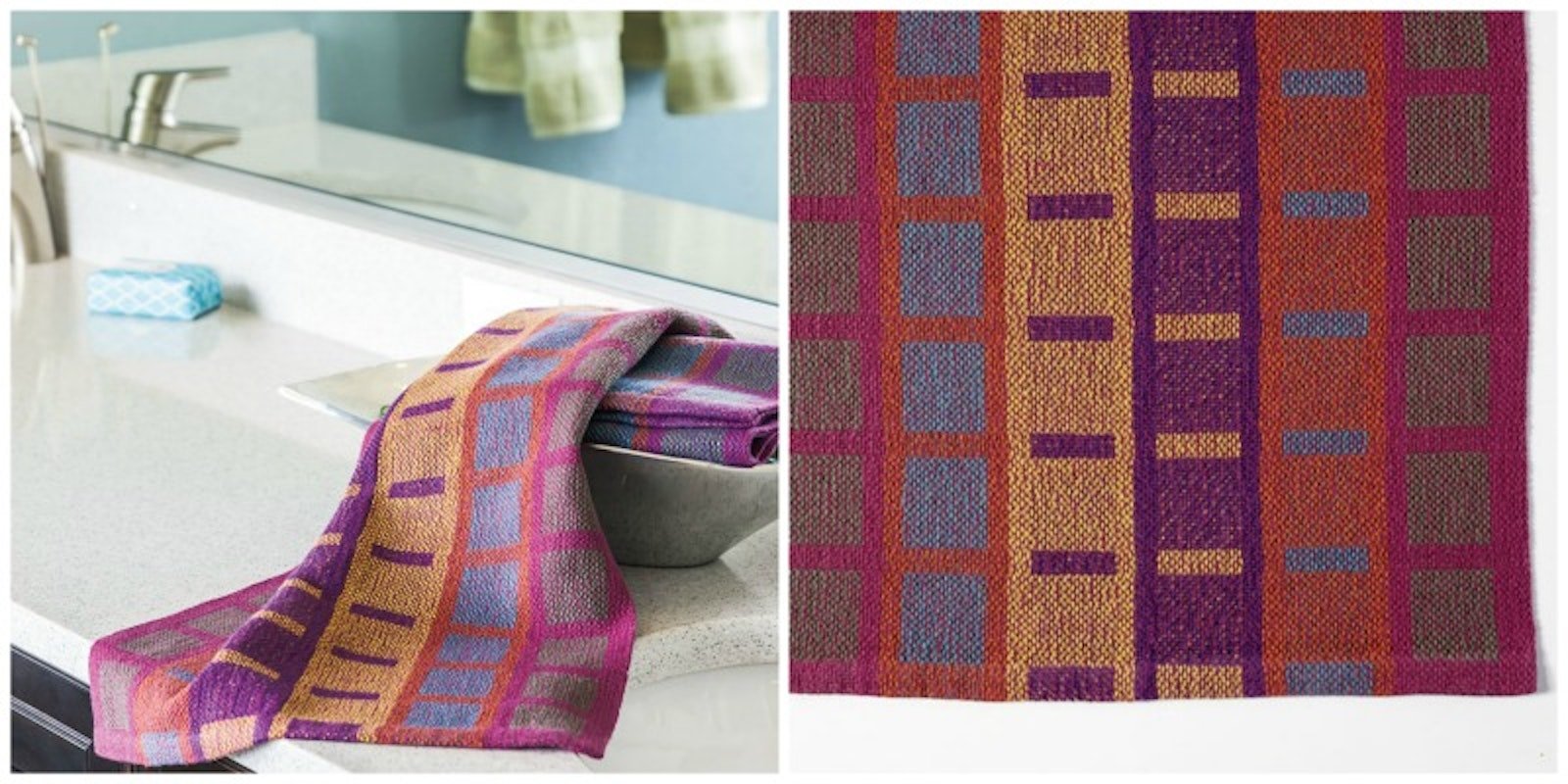
The first time I saw weaving in process was in the main plaza of Oaxaca, Mexico. Sitting on the ground, a woman was weaving on a backstrap loom tied to a tree. As I watched, she dexterously moved threads with her fingers, and colorful animals and flowers magically grew in the cloth. I was mesmerized. For the entire ensuing year, which we spent in Guatemala, I pursued the goal of learning to weave on a backstrap loom.


It took a long time for me to wind the warp and string the heddle. (My warping was further delayed when, since I warped so many threads and wound them as tightly as possible, I broke the pegs on the warping board.) When the day came for opening my first shed, my teacher’s friends and neighbors came to watch, standing at the edge of her yard with what I hoped was admiring anticipation. Instead, they were waiting for what they knew would happen. When I leaned back and pulled on the heddle, what happened was nothing; no threads moved at all. After allowing me to struggle for awhile, three or four of them, with their knees against my back, pulled the heddle up for me. I went home and took several inches of warp threads away from each side of the warp and spread the threads farther apart.
My process of learning to weave on a shaft loom close to ten years later (having abandoned backstrap weaving in rural Missouri due to weather in the winter and chiggers in the summer) was almost as bumpy. When you are a beginning weaver, you don’t know the consequences of the choices you make, especially of yarn type and size and their appropriate setts. For that reason (in addition to taking classes and doing what your teacher says), one of the best ways to learn about yarns, weave structures, and setts is to follow the instructions for projects in Handwoven. The choices that ensure success have already been made for you. As you weave each project and observe how all the factors affect each other, you’ll gain the confidence to make changes in colors, yarn choices, threading and treadling orders, etc., and eventually to design your own pieces.
The Project Guide in each issue of Handwoven gives the level of experience recommended for the project (All Levels, Advanced Beginners, Intermediate, Advanced). Projects labeled "All Levels" are suitable for beginners. To make it easy for you to start today, we’ve gathered some of the best of these from past issues of Handwoven in one packet. With Free Handweaving Projects for Beginners, you can weave five beautiful pieces using yarns that are easy to work with and threading and treadling orders that are easy to follow. If there were Do-Overs, that's what I'd do. --Madelyn

